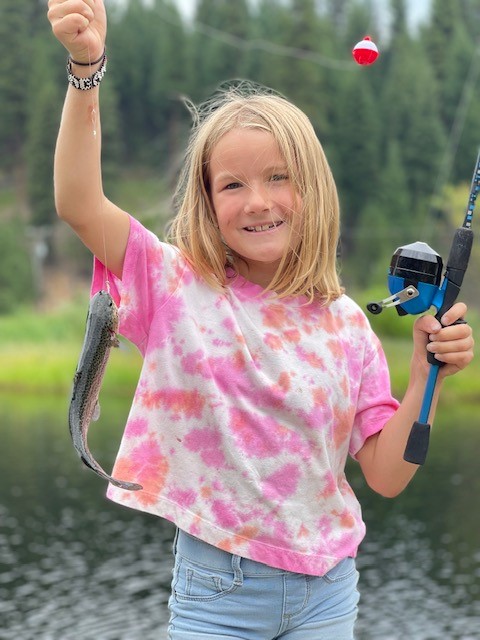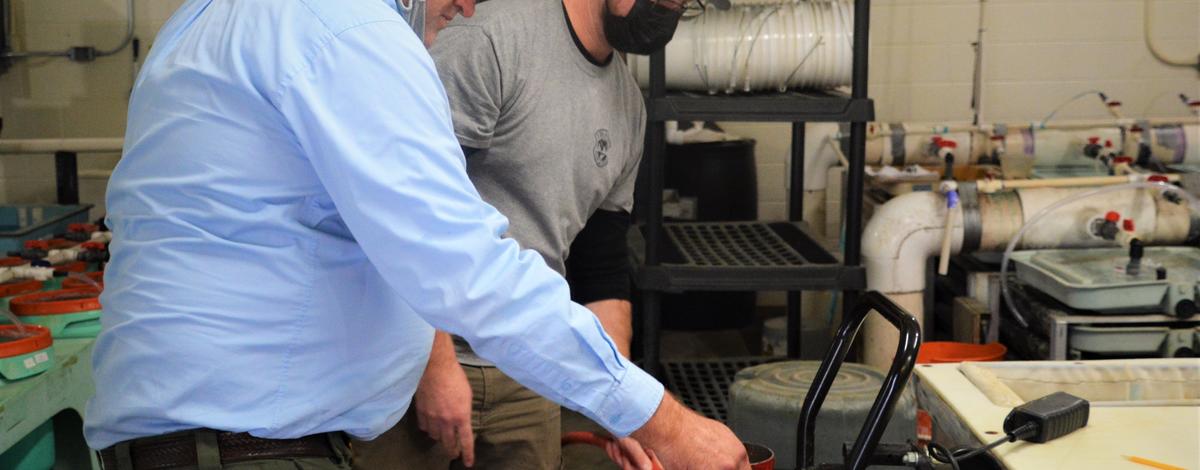There are few moments in an angler’s life that rival catching their first rainbow trout, and whether you caught it on a hare’s-ear fly or a nightcrawler, chances are good there’s a special place in your memory for the first time you hooked one of Idaho’s most precious fish.
The story of a hatchery trout’s journey from egg to angler is just as captivating. For wild rainbow trout, a cool, clear river may have been its home since it hatched from a little ruby-colored egg. But for many Idaho rainbows, their life began at Idaho Fish and Game's Hayspur State Fish Hatchery.
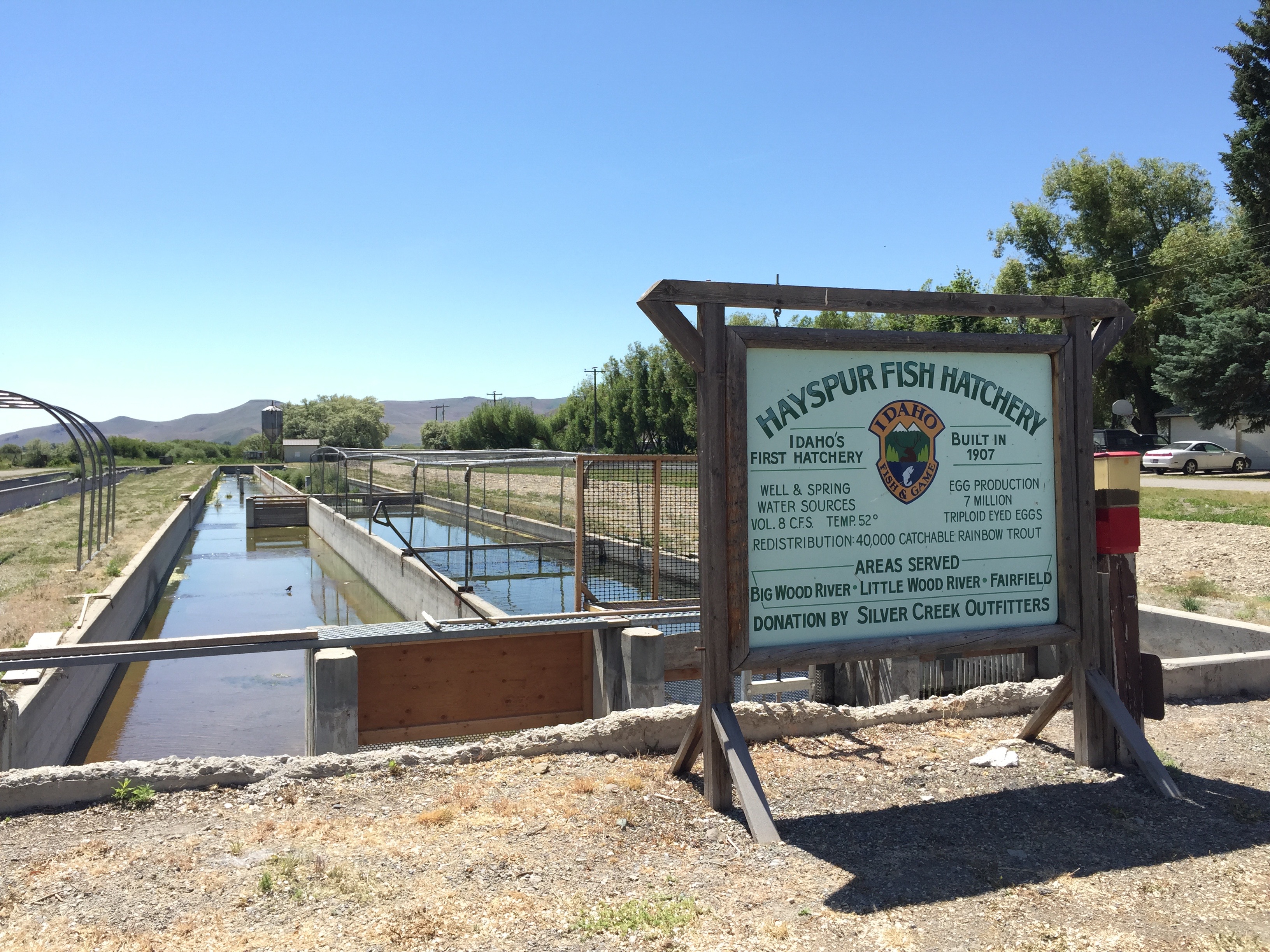
Idaho’s first hatchery
Hayspur State Fish Hatchery, located 30 miles south of Ketchum, became Idaho’s first hatchery in 1907. It began as wooden raceways built directly into the creek bed, and over the last century it has evolved into a modern facility pioneering new incubation and spawning technology, which has made it the state’s most productive rainbow trout source.
Today, Hayspur includes a variety of buildings that allow managers to spawn trout year round, provide eggs for other hatcheries, as well as grow trout to be released in nearby waters.
Gregg Anderson has been involved with Hayspur State Hatchery since 2015. As overseer of millions of juvenile trout, Anderson has been integral in developing a specialized spawning process unique to Idaho.
“Hayspur is a demanding and challenging fish production facility, however it also is a very rewarding facility,” Anderson said. “At the end of the day, you have a sense of accomplishment and feel your efforts have made a significant contribution to making fishing better in Idaho.”
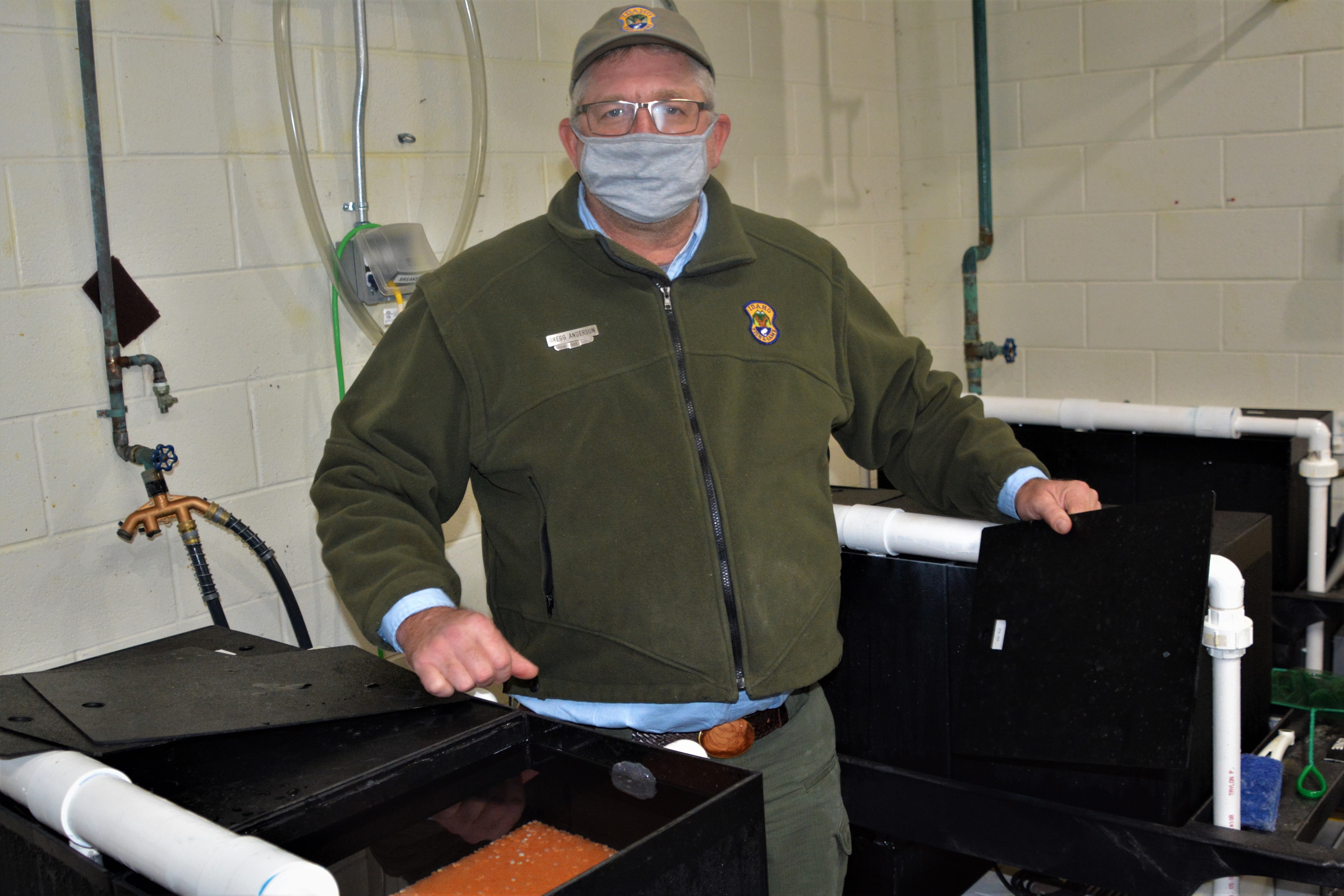
Shedding light on trout spawning
In the wild, rainbow trout spawn once per year during spring, which is triggered by longer days with more sunlight as the fish come out of winter.
Biologists have studied these patterns and learned that by mimicking the length of light that fish grow in, they are able to essentially “trick” rainbow and brook trout into spawning at various times of the year in a process called "photo period manipulation."
Fish Hatchery Manager Tom Lindenmuth, who’s been a part of the Hayspur Hatchery team since 2015, says there are several advantages that make Hayspur’s photo period manipulation process unique.
“At Hayspur, we are able to get two egg takes per year thanks to strategic light manipulation,” Lindenmuth said.
The hatchery contains 15 grain silo-like circular ponds that house around 500 females and 250 males in each one. The ponds resemble metal yurts, with pitched roofs and a single lightbulb as the light source.
Biologists carefully alter the duration of light – from 6 to 18 hours a day depending on the spawning cycle – to trigger the fish to spawn. Each circular pond is on a six-month cycle, allowing fish in a particular pond to spawn while others are in waiting.
“Another benefit of photo period manipulation and year-round spawning is helping out other regional hatcheries and being able to provide eggs when it’s ideal for that facility to receive them,” Lindenmuth said. “Hayspur can spawn trout and have fertilized eggs out the door in 18 days.”
Lindenmuth and his team typically spawn batches of trout twice a week, depending on factors like time of year and demand. When the trout are ready to spawn, it’s all hands on deck.
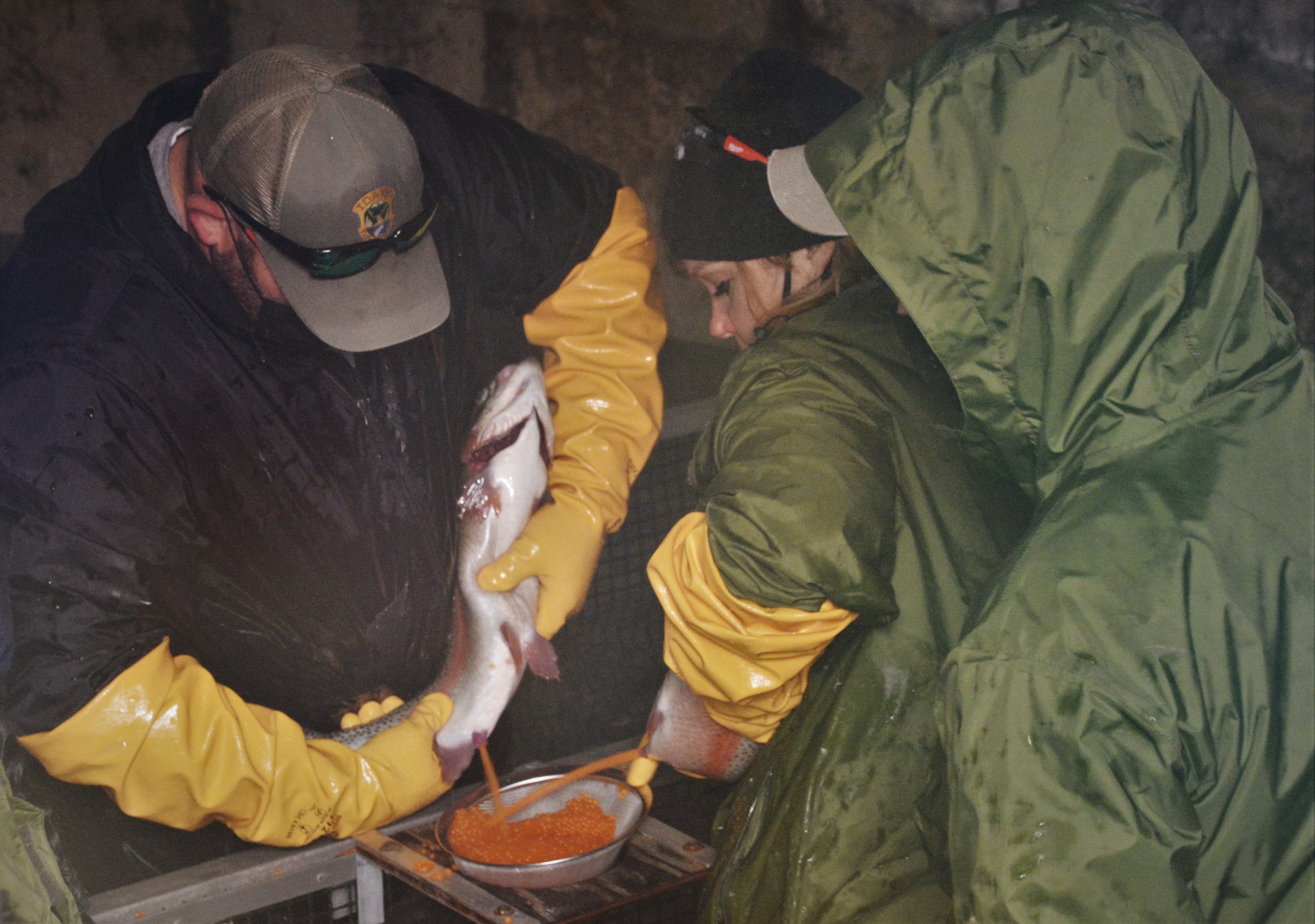
The Hayspur team spawns adult rainbow trout resulting in fertilized eggs that go into the incubation room. Biologists then sterilize the fertilized eggs using a pressurized canister that applies 9,500 pounds per square inch (psi) for exactly five minutes. Fish and Game releases almost exclusively sterile rainbow trout so they won’t interbreed with wild fish, so biologists can protect wild trout genetics.
“We’ve found that at a certain point after fertilization, and at a certain pressure, we see a 99 percent sterilization success rate,” Anderson said.
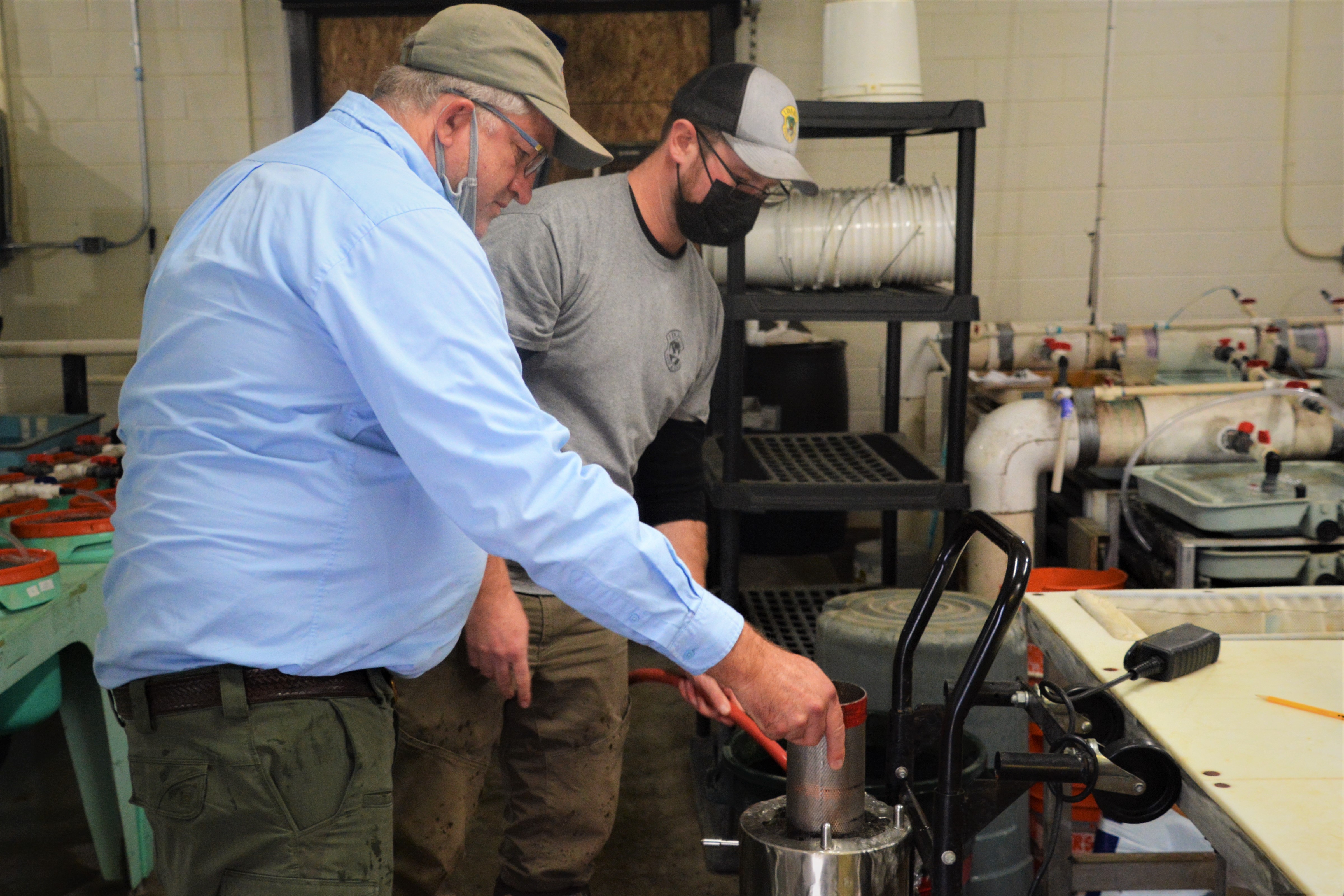
Once sterilized, the eggs are counted using a process called enumeration. With exact enumeration, Fish and Game biologists are able to determine how many eggs will be incubated and later shipped across the state to regional hatcheries. The Hayspur facility has this process down to a science, and for good reason.
“It’s a very unique process at Hayspur,” Anderson said. “Rather than source our trout eggs from out of state, we’re able to provide our regional hatcheries with trout in every form. Whether they’re fertilized eggs, fingerlings (4-6 inches) or catchables (10-12 inches) ready for the pond, it’s a very valuable operation.”
But just where do these baby rainbows end up, and where can you expect to catch one?
From hatch to catch
Hayspur Fish Hatchery is the genesis for over 90 percent of all hatchery-produced rainbow trout eggs supplied in the state. Let that sink in for a second. There’s a good chance that rainbow trout on the end of your line traces its lineage to the work of Hayspur. Funded entirely by anglers’ license dollars, Hayspur reaches every region of the state in one way or another, producing 6 to 8 million rainbow trout eggs a year.
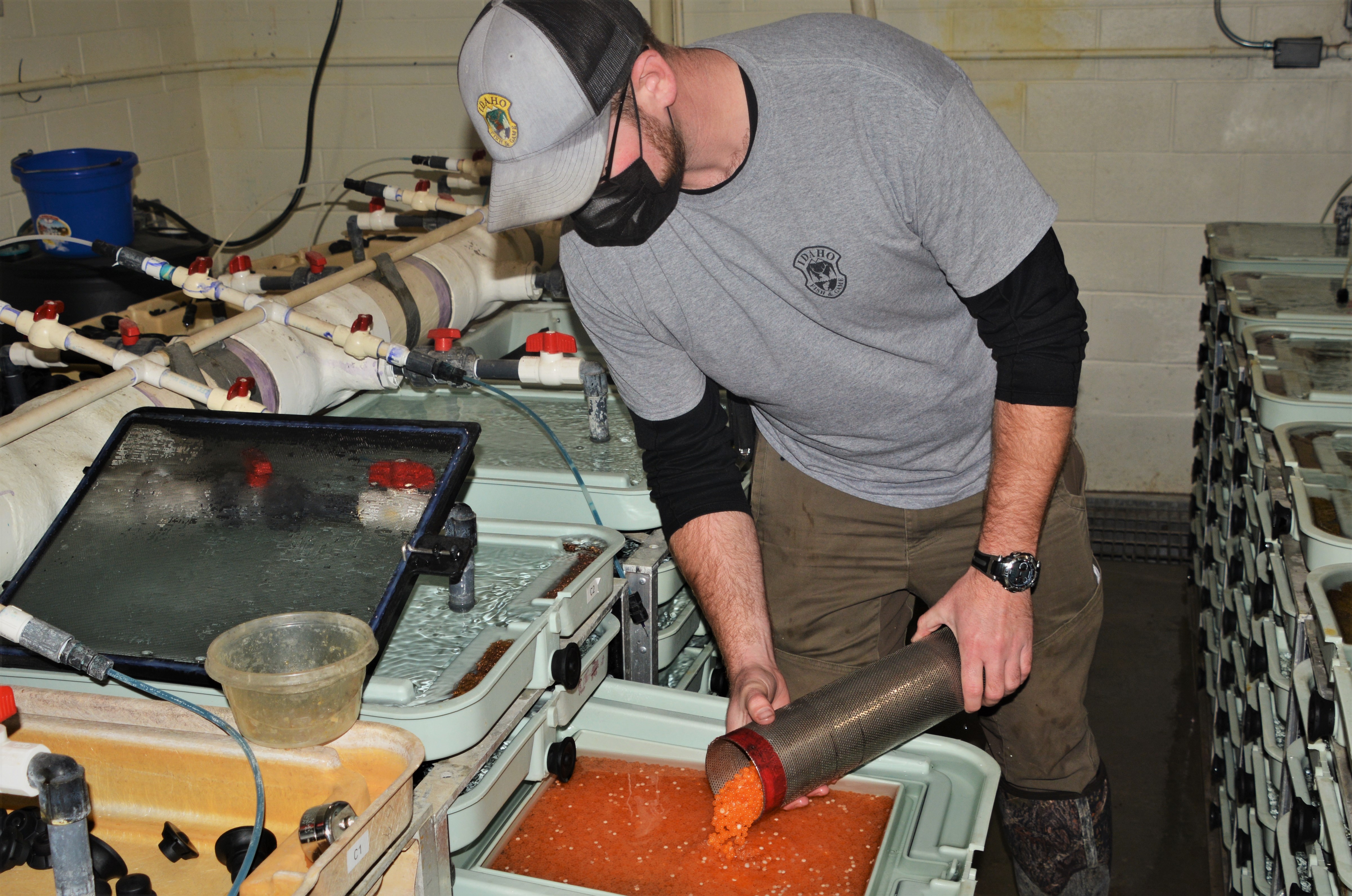
Fish and Game operates 20 fish hatcheries across the state, and with anglers hooking beautiful rainbows in dozens of fisheries, the demand for eggs to 12-inch catchables range greatly. With so much demand across the state, Hayspur biologists work tirelessly all season long.
“We see the busiest demand in March through June when the temperatures are still chilly and the ice starts to melt off,” Anderson said. “We also see a big jump from September through late November, when the temperatures start to fall again.”
Enough about eggs. We got bigger fish to catch
While sterilized trout eggs are the bulk of Hayspur’s exports, they’re by no means the only form of trout leaving the hatchery. Like many of the other state hatcheries, Hayspur is equipped with raceways – four small and four large – that hold both rainbow and brook trout, which are stocked on a limited basis where they don't conflict with other trout species.
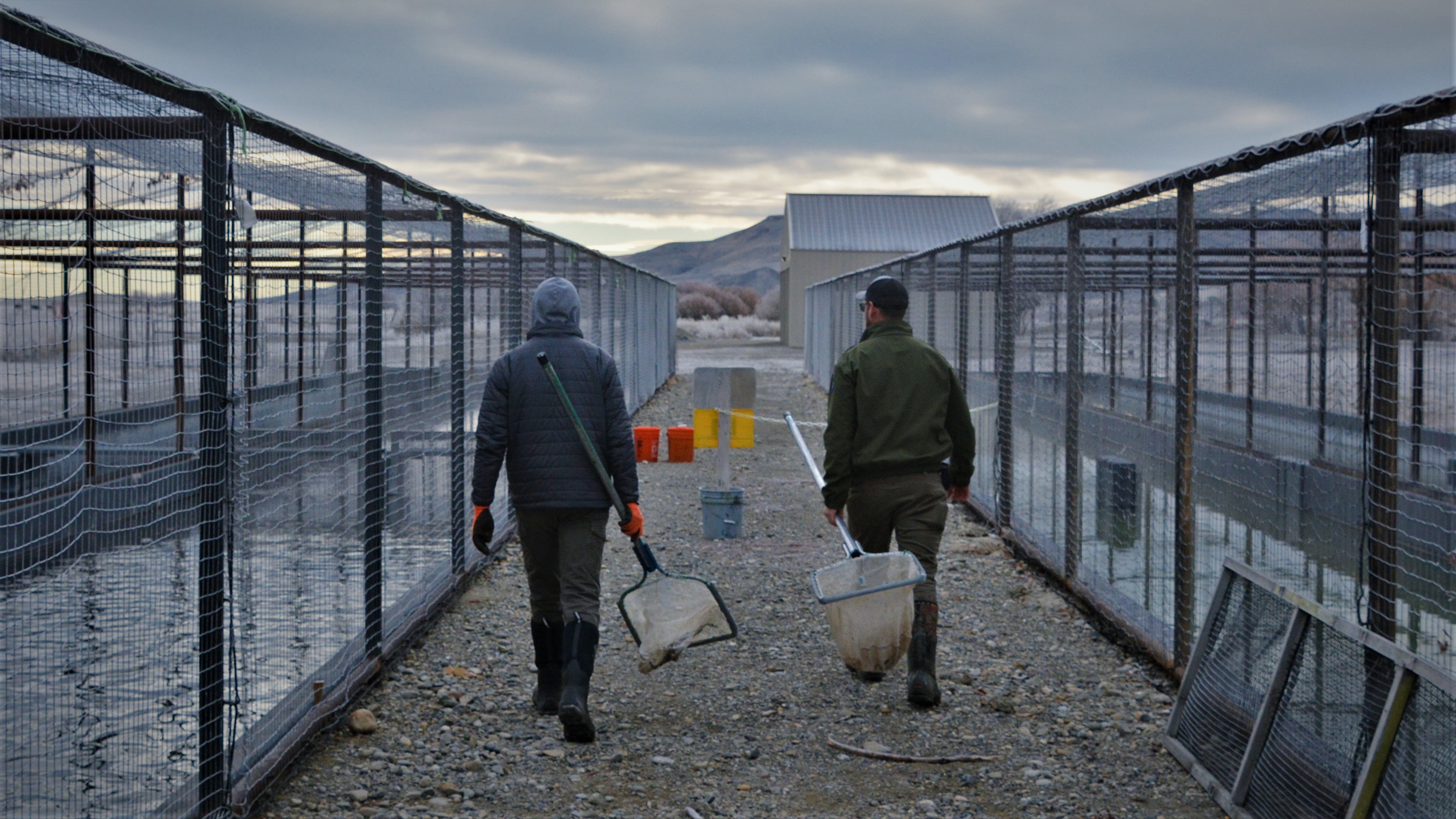
While much more efficient than their 1907 predecessors, Hayspur’s raceways – long, rectangular pools that look like individual swimming lanes at your swimming pool – allow fish biologists to calculate population densities.
Hayspur also stocks local fisheries in the area, including the nearby Big Wood River, with catchable 10-12-inch rainbow trout, as well as other Sawtooth and Ketchum-area fisheries.
Stocks and ponds
There’s one question that frequently gets brought up: Why does Fish and Game stock rainbow trout to begin with?
The answer is a little complex. For one, many of Idaho’s lakes, reservoirs and ponds do not have self-sustaining rainbow trout populations due to several factors. Limited food sources, seasonal water conditions that aren't conducive to sustain trout. Warm water during summer and winter freezing can all take their toll on fish.
To maintain and enhance Idaho’s fisheries, Fish and Game stocks around 30 million trout every year into Idaho waters. Depending on objective, hatcheries can stock fry, fingerlings or catchables to supplement fish populations and make fishing better.
Hayspur: The trout of tomorrow
The impact of Hayspur Fish Hatchery is felt across the state. Regional hatcheries all across Idaho work in tandem with this trout-producing behemoth to keep fisheries in balance…and keep anglers’ lines tight.
For over a century, Hayspur has been the epicenter of trout production. Over the years, Fish and Game hatchery managers like Gregg Anderson, Tom Lindenmuth and their colleagues have honored the pioneer spirit of Hayspur while also pioneering new methods and spawning techniques.
The Hayspur of today has and continues to blaze a trail for the trout of tomorrow thanks generations of hatchery staff that have dedicated countless hours over the hatchery’s 115-year history to benefit Idaho anglers.
Fishing is all about making stories, whether factual or a tad fictionalized, and as Mark Twain once wrote, “Do not tell fish stories where the people know you. Particularly, don’t tell them where they know the fish.”
The next time you land a rainbow trout in your favorite Idaho fishing hole, there's a good chance it came from Hayspur, and that's no fish story.
